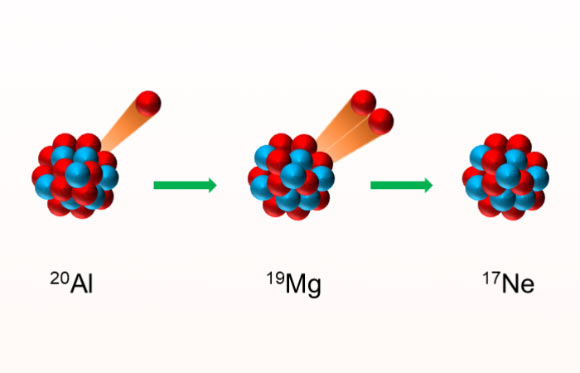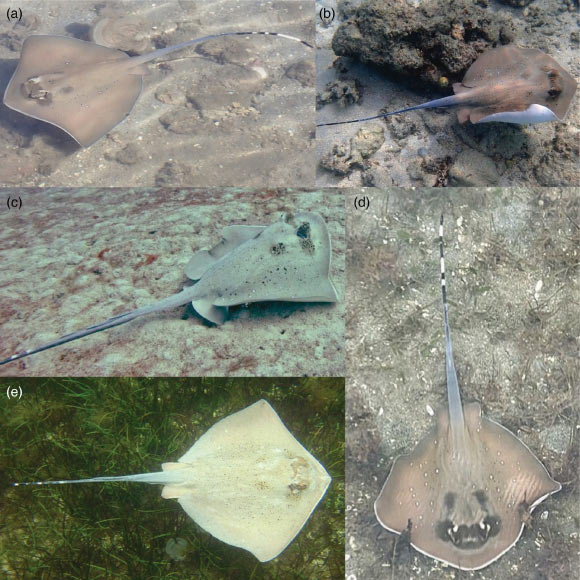Now Reading: Scientists Unveil New Aluminum Isotope: Aluminum-20
-
01
Scientists Unveil New Aluminum Isotope: Aluminum-20
Scientists Unveil New Aluminum Isotope: Aluminum-20

Rapid Summary
- Observation: The aluminum-20 nucleus, previously unknown, has been observed for the first time via in-flight decays.
- Scientific Growth: Aluminum-20 is the lightest discovered aluminum isotope with seven fewer neutrons than stable aluminum isotopes and lies beyond the proton drip line.
- Decay Characteristics:
– Begins with one-proton emission to magnesium-19.
– Magnesium-19 afterward decays through simultaneous two-proton emission, forming a rare three-proton decay sequence.
– Aluminum-20 is unique as its daughter nucleus also exhibits two-proton radioactivity.
- findings:
– Decay energy observed diverges from predictions based on isospin symmetry.
– Possible isospin symmetry breaking suggested between aluminum-20 and neon-20 mirror nuclei.
– supported by theoretical calculations revealing differences in spin-parity between their ground states.
Image caption: Three-proton emission from aluminum-20. (Image credit: Xiaodong Xu)
Indian Opinion Analysis
The discovery of aluminum-20 represents a significant milestone in nuclear physics, pushing boundaries on our understanding of neutron-deficient isotopes and exotic decay modes like three-proton emissions. While the finding primarily advances global scientific knowledge rather than yielding immediate practical applications, it adds valuable data to nuclear research which could indirectly benefit IndiaS scientific ambitions.
India’s space program or nuclear research communities might find such discoveries relevant as they explore intricate atomic-level processes for applications ranging from energy generation to astrophysics simulations of stellar phenomena. Investments into more experimental facilities at institutions like BARC or IISc could position Indian researchers to contribute similarly groundbreaking findings in fundamental particle physics. Collaboration with international teams working on cutting-edge topics like this may further strengthen India’s technical base while showcasing its commitment to advancing global science.




























